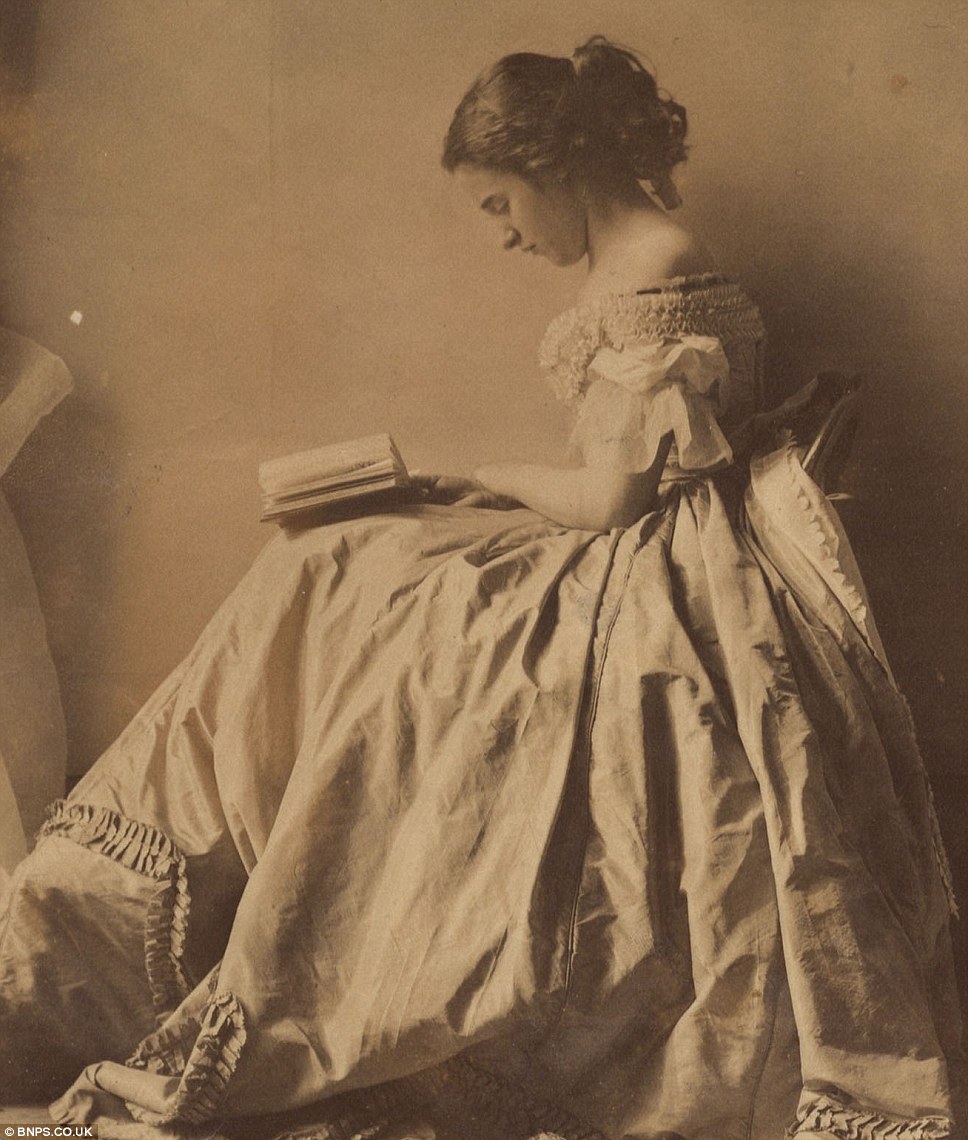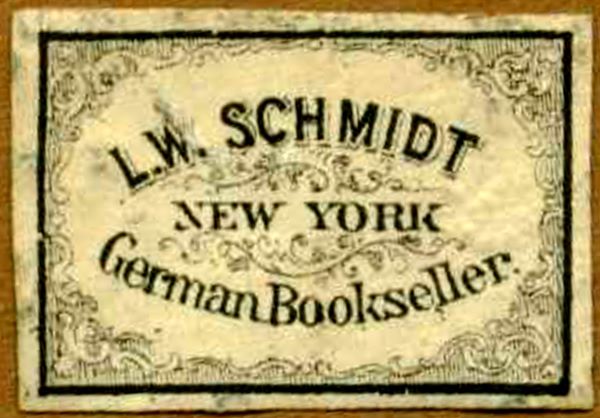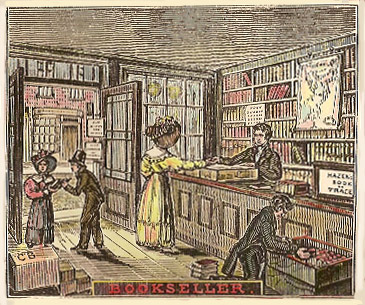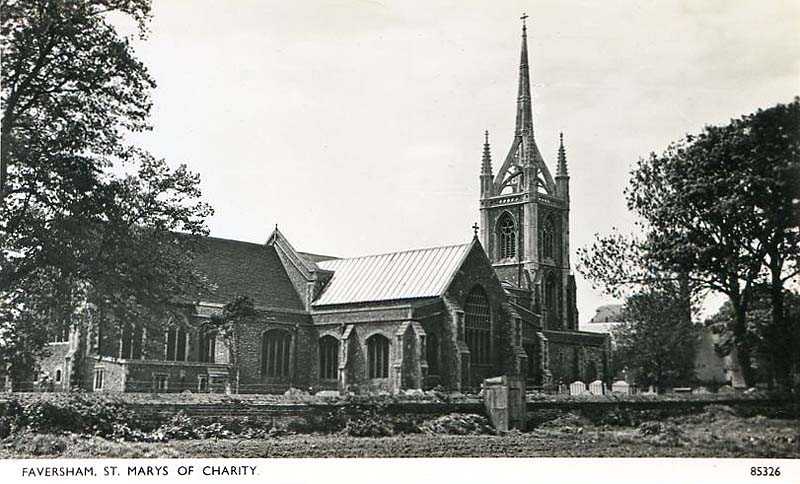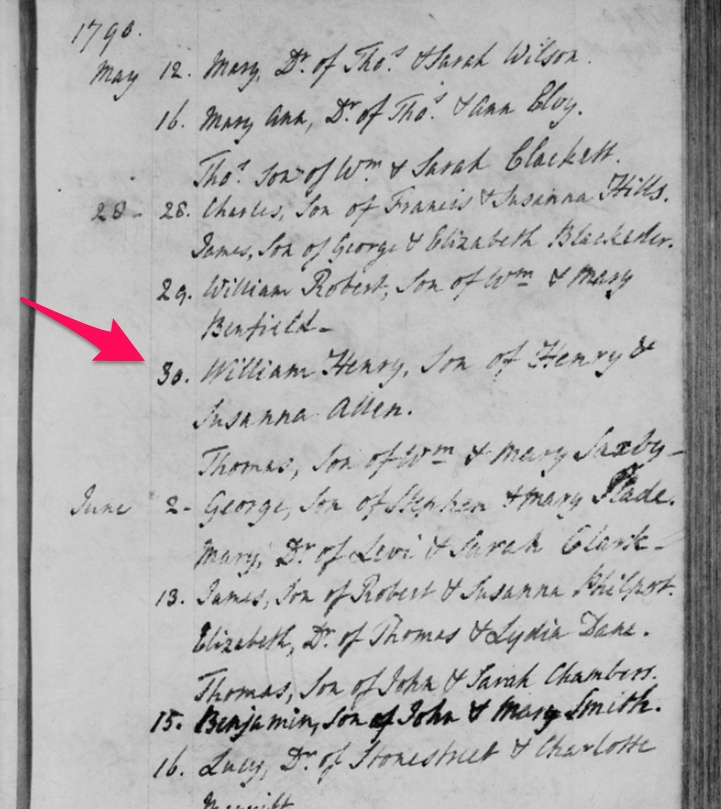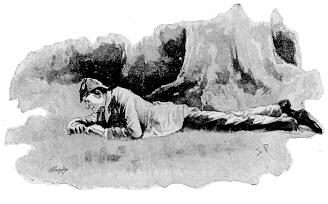 One of my favourite things about genealogy is feeling like a detective, and today gave me another opportunity to don my deerstalker and grab my pipe.
One of my favourite things about genealogy is feeling like a detective, and today gave me another opportunity to don my deerstalker and grab my pipe.
I noticed that Find A Grave had an ‘extra’ child linked on the page of my great grandparents, George Wright Wreford Palmer and Margaret Palmer (nee Glaister). The ‘memorial’ was for an infant, William Tracey Palmer, born and died in 1911, which included the note: ‘Accidentally killed after his sleeping mother rolled over on him in bed.’ A tragic event, but I was a bit befuddled.
The problem was, George and Margaret were married in 1913, and although I’m no stranger to discovering ‘early’ children, I had never come across this one before. So of course, I needed to either prove or disprove the connection.
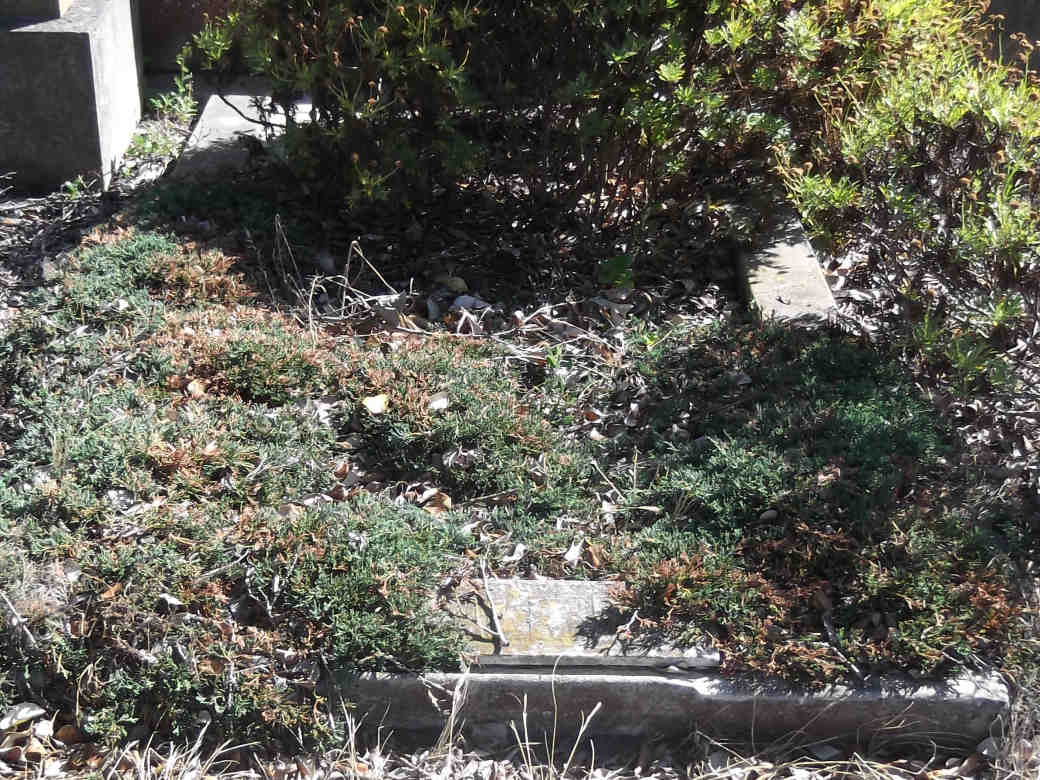
The gravesite is pretty dilapidated and only the faint outline of the name ‘Palmer’ can be seen on a marker – so no help there.

I could find no birth or death record for an infant named William Tracey Palmer. There was a death record but this was for a 77-year-old man. The name Wreford Henry Palmer jumped out at me, due to my family connections with the name Wreford, but this was the child of Thomas Henry Palmer (George’s brother) and his wife Kate Palmer (nee Gilchrist).
I turned to the Dunedin City Council site which has a very helpful grave location search but there was no William Tracey Palmer buried at Anderson’s Bay cemetery between the years 1910 and 1919. So where the heck was this grave info coming from?
Considering possible spelling variants may have been at play, I searched only for the surname ‘Palmer’ in that time period and got three results – none being William Tracey Palmer. The first I knew to be my great great grandfather (George’s father), the other two being children of the above mentioned couple Thomas and Kate. The only 1911 burial was for ‘W Henry Palmer’ but aged 16 years. I thought it was another dead end but lo and behold, the record page gave me the information I needed.
Block 3, Plot 105; died 22 Nov 1911 – the same burial plot and death date given on the Find A Grave site. This was the burial record of the aforementioned Wreford Henry Palmer. Despite giving an age of ’16 years’, the notes section stated the ‘occupation’ of INFANT, so likely meant ’16 days’ – the burial register entry showed this to be the case.

So poor little Wreford Henry must have been linked accidentally as a child of his uncle when added to Find A Grave (his parents are also on the site) but I have no idea where the name ‘William Tracey’ came from. Unfortunately, at least 5 other people have since added ‘William Tracey’ as a child of my great grandparents (on Ancestry), so let this tale serve as a reminder to always CHECK YOUR SOURCES.




